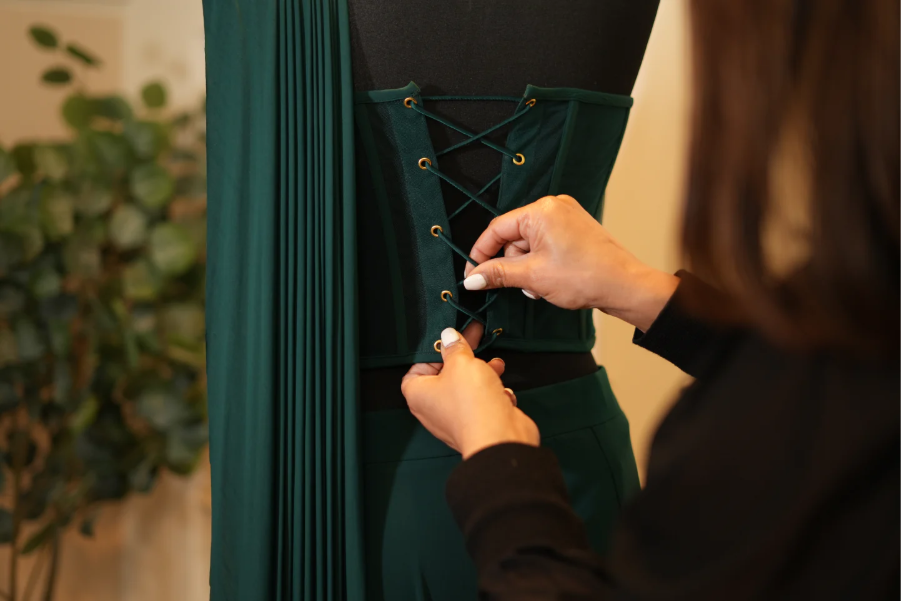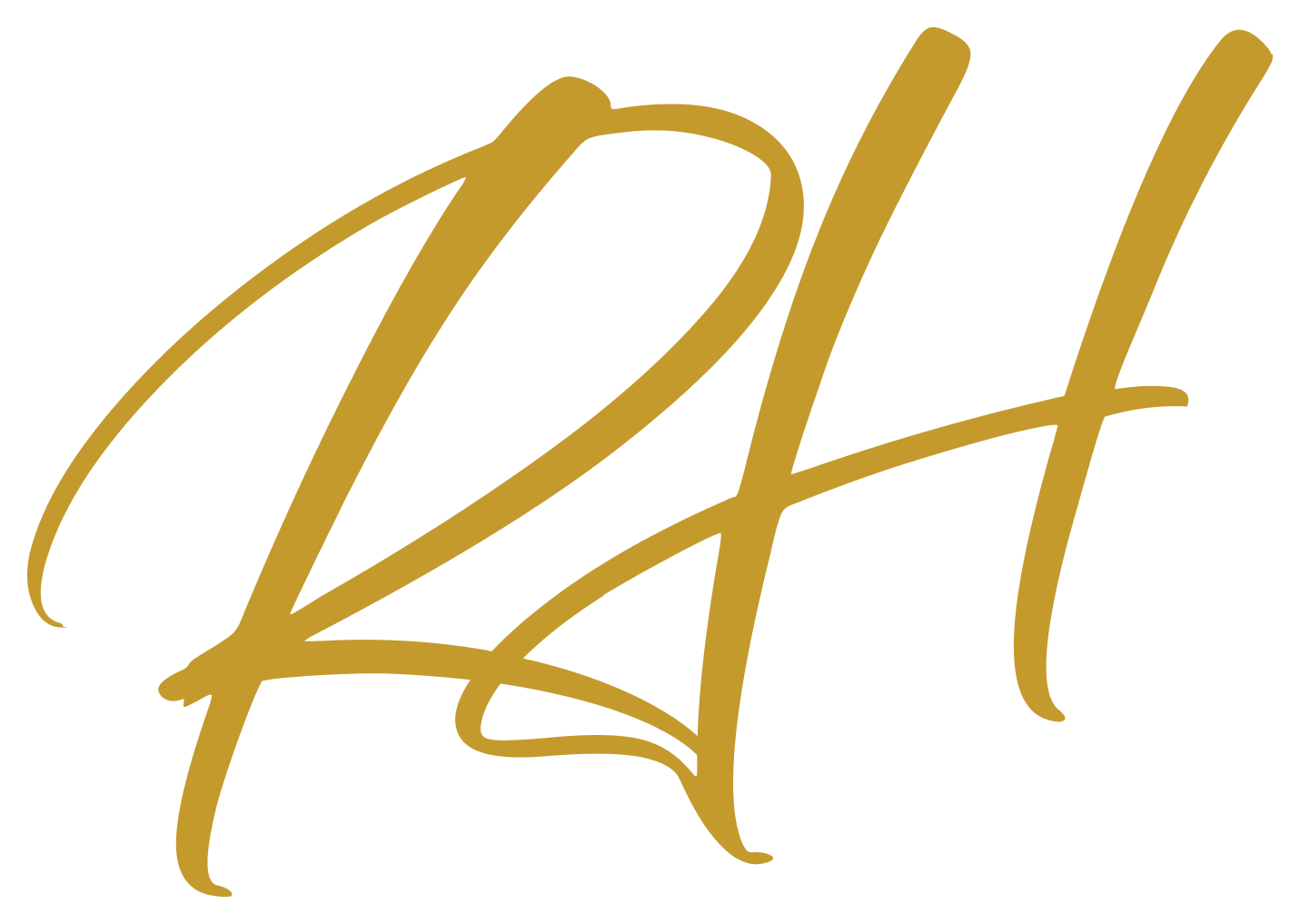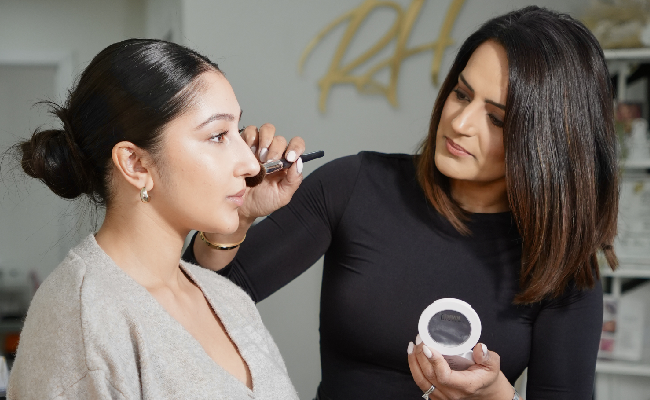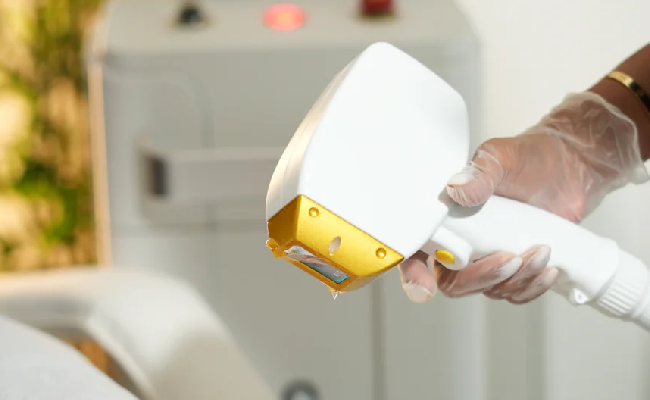
Behind the Scenes: How Are Custom-Made Outfits Crafted at a Boutique?
When it comes to fashion, nothing compares to the elegance and exclusivity of custom-made clothing. While ready-to-wear garments dominate stores, there is something uniquely special about outfits that are crafted just for you. Every stitch, fabric choice, and fitting is tailored to match your personality and preferences. At Raj Hothi Studio, this process goes far beyond sewing clothes—it’s about creating a wearable piece of art that tells your story.
But what really goes on behind the scenes of a boutique that specializes in personalized outfits? How do designers take your vision and transform it into a masterpiece? This blog takes you inside the fascinating world of boutique fashion design, answering all the key questions you may have about custom-made outfits.
Why Do People Choose Custom-Made Outfits Over Ready-to-Wear Clothing?
Before exploring the behind-the-scenes process, it’s important to understand why many clients prefer custom tailoring. While ready-made outfits are convenient, they lack individuality. Custom-made fashion gives you clothing that reflects your identity, not just a trend.
- Perfect Fit: Unlike mass-produced clothes, custom outfits are tailored to your exact measurements.
- Unique Design: You get an outfit no one else owns, tailored to your preferences.
- Quality Assurance: Custom tailoring ensures premium fabrics and durable craftsmanship.
- Expression of Personality: Every design choice—color, fabric, embroidery—reflects your personal style.
- Sustainability: Unlike fast fashion, custom outfits are designed to last.
In short, a boutique-made outfit is more than clothing—it’s an investment in self-expression.
What Is the First Step in Designing a Custom Outfit?
The journey begins with consultation and inspiration. Boutiques don’t just start stitching; they start by understanding the client’s vision. Designers listen carefully to your ideas, preferences, and requirements.
- Style Discussion: Clients share their desired look—traditional, contemporary, fusion, or experimental.
- Event Purpose: Outfits are designed differently for weddings, casual wear, or corporate attire.
- Mood Boards: Designers sometimes create visual boards to capture inspiration.
- Budget Planning: Costs are outlined to match design goals with affordability.
This phase ensures that both client and designer are aligned before fabric and design choices are finalized.
How Do Boutiques Select the Right Fabric for Custom Designs?
Fabric selection is one of the most crucial aspects of custom tailoring. A beautiful design means little if the wrong fabric is chosen. Every boutique emphasizes fabric quality and suitability for the occasion.
When you search for a boutique near to me, you’ll notice that fabric selection is often part of the personalized service they offer.
- Comfort First: Lightweight fabrics like chiffon or cotton are chosen for comfort in casual wear.
- Event Suitability: Heavy silks, velvets, and brocades are picked for weddings and festive events.
- Seasonal Relevance: Linen and organza for summer, wool blends for winter.
- Durability: High-quality fabrics ensure longevity and better drape.
- Client Preferences: Some clients prioritize ethical or sustainable fabrics.
Fabric acts as the canvas for the designer’s creativity, so choosing the right one sets the foundation for the entire outfit.
How Do Designers Create the Initial Sketches and Patterns?
Once fabrics are chosen, the design process moves to sketching and pattern-making. This stage transforms your vision into a visual plan.
- Sketching Ideas: Designers create rough drafts of the outfit.
- Finalizing Silhouettes: Choices like A-line dresses, lehengas, or tailored suits are decided.
- Pattern Drafting: Patterns are created to match the client’s measurements.
- Approval from Client: Before cutting fabric, sketches and details are reviewed with the client.
This step ensures clarity and prevents miscommunication before the outfit enters production.
What Role Do Measurements Play in Custom-Made Clothing?
Accurate measurements are the heart of custom tailoring. A boutique takes precise measurements to ensure comfort, mobility, and elegance.
- Body Proportions: Every curve, height, and width is recorded.
- Posture Considerations: Designers analyze how posture may affect the fit.
- Ease of Movement: Measurements ensure you can comfortably sit, walk, or dance in the outfit.
- Custom Adjustments: For clients with unique body structures, tailoring adapts accordingly.
Unlike ready-to-wear garments that use generic sizing, custom-made outfits ensure clothing feels like a second skin.
How Does the Cutting and Stitching Process Work?
After measurements and patterns are ready, the process moves to cutting and stitching. This stage is where fabrics take shape.
- Fabric Cutting: Tailors cut fabrics according to the approved patterns.
- Basting: Temporary stitching holds the fabric together for initial fittings.
- Final Stitching: Once approved, professional stitching creates a finished look.
- Attention to Detail: Every seam, hemline, and border is inspected for precision.
Boutiques prioritize craftsmanship, ensuring that each stitch reflects skill and dedication.
How Are Embellishments and Detailing Added to Outfits?
Details elevate a garment from simple to spectacular. Embellishments, embroidery, and finishing touches are what make boutique outfits stand out.
- Embroidery Work: Hand embroidery, zari, or thread work adds elegance.
- Beading and Sequins: Ideal for bridal or festive wear.
- Lace and Appliqué: Provide texture and dimension.
- Custom Motifs: Personalized symbols or initials can be included.
Every detail is carefully aligned with the client’s original vision, ensuring the final piece feels unique.
What Happens During the Fitting Sessions?
Fitting sessions allow clients to try the outfit at various stages before completion. They are essential for perfecting the look.
- First Fitting: Done after basting to adjust measurements.
- Second Fitting: Checks drape, comfort, and symmetry.
- Final Fitting: Ensures every detail aligns before delivery.
- Client Feedback: Adjustments are made until the client is fully satisfied.
These sessions guarantee that the outfit not only looks good but also feels comfortable.
How Do Boutiques Ensure Quality Control?
Custom outfits require strict quality checks before reaching clients. A boutique ensures every piece meets high standards.
- Seam and Stitch Check: To prevent loose threads or misaligned seams.
- Fabric Strength Test: Ensuring no tears or weak points.
- Color Consistency: Fabrics and embellishments must remain consistent.
- Finishing Touches: Pressing, ironing, and packaging complete the process.
This quality control ensures clients receive a flawless garment worthy of boutique craftsmanship.
How Long Does It Take to Create a Custom Outfit?
Timeframes vary depending on design complexity, but boutiques balance speed with precision.
- Simple Outfits: 1–2 weeks for basic dresses or suits.
- Moderately Detailed Outfits: 3–5 weeks, especially with embroidery.
- Bridal or Heavy Couture: 2–3 months due to intricate work.
Clients are advised to order early, especially for weddings and festive seasons, to avoid delays.
What Career Opportunities Exist in Boutique Fashion Design?
Behind the boutique is a team of passionate professionals. Many people wonder about careers in this industry.
- Fashion Designer: Creates sketches and oversees production.
- Pattern Maker: Drafts templates for cutting fabrics.
- Tailor and Seamstress: Expert in stitching and detailing.
- Embroidery Artist: Specializes in embellishments.
- Stylist: Helps clients pair outfits with accessories.
- Boutique Owner: Manages the entire creative and business process.
Boutiques are not just about clothing—they are creative ecosystems offering multiple career paths.
Conclusion: Is a Custom-Made Outfit from a Boutique Worth It?
Absolutely. Investing in custom-made outfits ensures exclusivity, quality, and a perfect fit. While ready-to-wear clothes may be quick, they cannot replicate the artistry and personalization of a boutique garment. Every stitch, fabric, and detail is crafted to reflect your individuality.
At Raj Hothi Studio, clients experience more than fashion—they experience a journey from vision to creation. From fabric selection to final fitting, the boutique process ensures that every client walks away with a masterpiece designed uniquely for them.
If you’re ready to embrace the beauty of personalized fashion, don’t wait—contact us today to craft your dream outfit at a boutique that understands your story.






